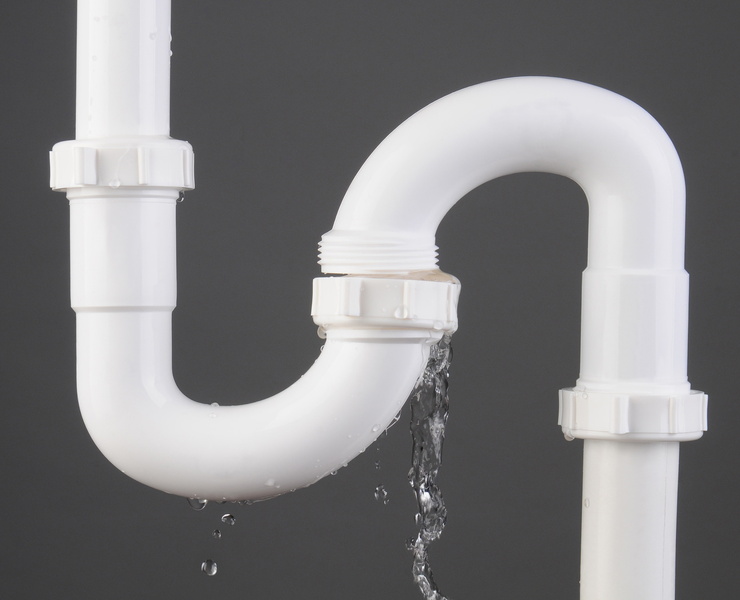How to Inspect If Your Residence Has a Concealed Leakage
How to Inspect If Your Residence Has a Concealed Leakage
Blog Article
What are your ideas concerning Locating water leaks?

Early discovery of leaking water lines can mitigate a potential calamity. Some small water leaks may not be noticeable.
1. Check Out the Water Meter
Every residence has a water meter. Examining it is a guaranteed manner in which assists you uncover leakages. For starters, switch off all the water sources. Ensure no one will certainly purge, use the faucet, shower, run the washing equipment or dish washer. From there, go to the meter and watch if it will alter. Since nobody is utilizing it, there ought to be no movements. If it relocates, that shows a fast-moving leak. Also, if you spot no changes, wait an hour or 2 and also inspect back once again. This indicates you may have a slow leak that could even be below ground.
2. Check Water Usage
Analyze your water expenses as well as track your water usage. As the one paying it, you must see if there are any type of inconsistencies. If you spot sudden changes, regardless of your usage coinciding, it means that you have leakages in your plumbing system. Remember, your water bill must fall under the same variety on a monthly basis. An unexpected spike in your expense shows a fast-moving leakage.
Meanwhile, a steady rise monthly, even with the exact same practices, shows you have a slow-moving leak that's additionally gradually intensifying. Call a plumber to extensively inspect your building, particularly if you really feel a cozy area on your floor with piping below.
3. Do a Food Coloring Test
When it comes to water consumption, 30% comes from toilets. If the shade somehow infiltrates your dish throughout that time without flushing, there's a leak in between the storage tank and also dish.
4. Asses Exterior Lines
Don't fail to remember to check your outdoor water lines too. Should water permeate out of the connection, you have a loose rubber gasket. One tiny leakage can lose loads of water as well as spike your water bill.
5. Examine and Analyze the Situation
Homeowners ought to make it a habit to inspect under the sink counters and also inside cupboards for any kind of bad odor or mold growth. These 2 warnings suggest a leakage so prompt attention is required. Doing regular evaluations, even bi-annually, can conserve you from a major issue.
Extra notably, if you understand your residence is currently old, maintain a watchful eye on your heating systems, pipes, pipes etc. Look for stainings and damaging as most appliances and also pipelines have a life span. They will also normally weaken as a result of tear and also wear. Do not wait for it to rise if you presume dripping water lines in your plumbing system. Call an expert plumber immediately so you don't end up with a terrible mess in your house.
Early detection of dripping water lines can minimize a prospective disaster. Some small water leaks may not be visible. Inspecting it is a guaranteed means that assists you find leakages. One tiny leakage can squander tons of water and also spike your water costs.
If you think dripping water lines in your plumbing system, don't wait for it to rise.
WARNING SIGNS OF WATER LEAKAGE BEHIND THE WALL
PERSISTENT MUSTY ODORS
As water slowly drips from a leaky pipe inside the wall, flooring and sheetrock stay damp and develop an odor similar to wet cardboard. It generates a musty smell that can help you find hidden leaks.
MOLD IN UNUSUAL AREAS
Mold usually grows in wet areas like kitchens, baths and laundry rooms. If you spot the stuff on walls or baseboards in other rooms of the house, it’s a good indicator of undetected water leaks.
STAINS THAT GROW
When mold thrives around a leaky pipe, it sometimes takes hold on the inside surface of the affected wall. A growing stain on otherwise clean sheetrock is often your sign of a hidden plumbing problem.
PEELING OR BUBBLING WALLPAPER / PAINT
This clue is easy to miss in rooms that don’t get much use. When you see wallpaper separating along seams or paint bubbling or flaking off the wall, blame sheetrock that stays wet because of an undetected leak.
BUCKLED CEILINGS AND STAINED FLOORS
If ceilings or floors in bathrooms, kitchens or laundry areas develop structural problems, don’t rule out constant damp inside the walls. Wet sheetrock can affect adjacent framing, flooring and ceilings.
https://www.servicemasterbyzaba.com/blog/how-to-detect-water-leakage-in-walls/

I discovered that piece of writing on Locating water leaks while doing a lookup on the search engines. Sharing is good. Helping people is fun. We recognize the value of reading our article about Locating water leaks.
Report this page